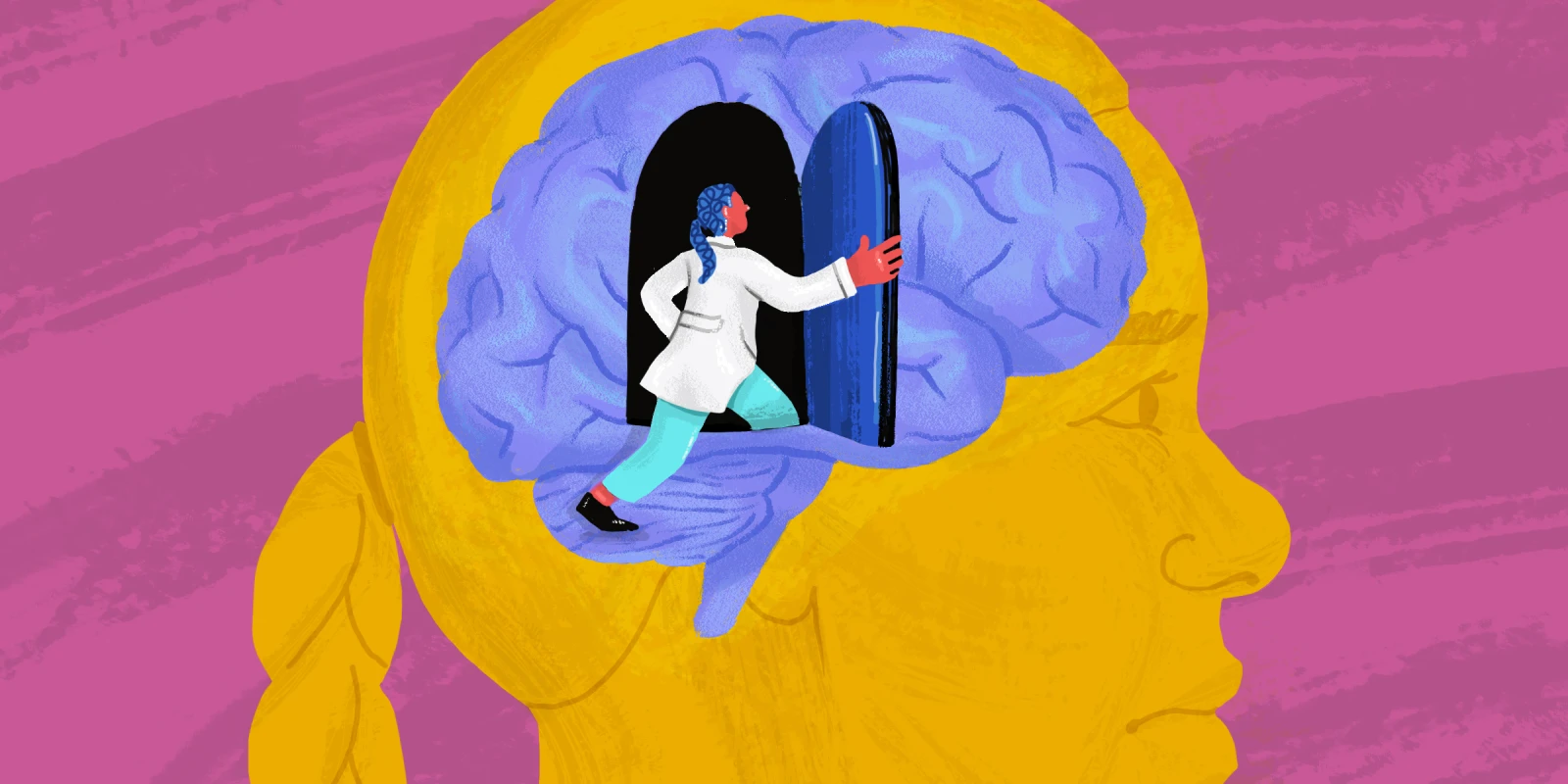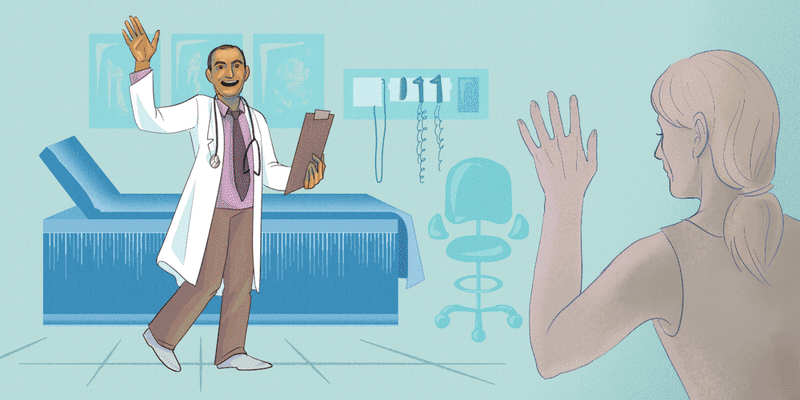In my first week of medical school, I was bracing to start "drinking from the firehose." I found myself phasing out my normal routines to better manage the deluge of incoming information. Detailed note-taking by hand and slow afternoons in the kitchen, I quickly learned, were now luxuries of time. Efficiency, from spaced repetition flashcards to meal prepping, had to be embraced instead.
Still, the pressure from the firehose of information would not abate. There were hours of lectures that needed reviewing, lab to attend, and our first patient case to parse through once we were done with class. The only thing between us first-years and our lengthening to-do lists were discussion sessions the school had scheduled to prepare us for the year ahead.
Awaiting us that day was one titled "Misuse of Race in Medicine." As we gathered in a circle, fast-approaching deadlines already at the forefront of our minds, someone wondered aloud: What else do we need to know before we can start learning medicine? The answer, we would find out, had more to do with unlearning.
During this session, we critically examined the demographic information solicited during the standard patient history. We were challenged to reevaluate this with fresh eyes before becoming entrenched by "the way things are" in typical medical practice.
I looked back on my early clinical experiences, when I would read through charts of patients who had signed up for clinical studies. I recalled my eyes glossing over the opening sentence of the patient note, "Mr. Johnson is a 35-year-old African American man with a history of smoking who presents with…"
Race did not leap out as an unnecessary component of the patient description. In fact, it seemed quite appropriate next to adjacent demographic information — age, biological sex, smoking status — that gave important insights into risk factors for that particular patient.
Yet, what did African American status tell us about this patient's biological risk factors? We mulled this over. Knowing this detail, some classmates ventured, could help confirm we had the right patient. And yet, most of us already knew that was easily accomplished by checking the patient's date of birth.
Some raised questions about how we could avoid missing important risk factors for genetic conditions, such as sickle cell anemia, that are known to be associated with particular populations. That, too, had an alternative answer: see ancestral descent.
A student next to me contested the notion that "African American" was even an accurate descriptor to begin with, given many Black patients' country of origin may be in the Caribbean, Latin America, and other geographic locations.
As a first-generation immigrant myself, I revisited the idea of ethnic origin and what it does — or doesn't — tell us about relevant medical information. Untangling the social construct of race with the concept of ancestry led me to realize that only the latter provides information that is genetic, geographic, and more rooted in biology.
In this way, I began unlearning the idea that being of a certain race indicated some kind of inherent, biological health effect. Many trainees learn that pregnant women who are Black experience a mortality rate significantly higher than non-Black women; however, my program emphasized that statistics like these do not come from a biological predisposition to dying during labor. Poor health outcomes arise from a systemic, rather than physical, problem. There is a word for where poor health outcomes and racial disadvantage come from: racism.
Naming this allowed us to more consciously step forward in our first-year curriculum knowing that each patient deserves to be considered as a whole, not siloed into demographic boxes. I am grateful my medical school chose to set aside time during our very first week, just as the firehose was turning on, to bring our attention to a pervasive problem before we accepted its manifestation as the norm. As future physicians, if we are to prevent racial bias from influencing patient outcomes, we can start with the patient chart.
What have you "unlearned" as a medical student? Share in the comments.
Sara Temelkova is a first-year medical student at Rush Medical College in Chicago, where she is involved in her school's Lifestyle Medicine student organization and Health Equity and Social Justice Leadership program. She is passionate about food justice, the gut microbiome, and the role of nutrition in health. She loves spending time in small bookstores, being on the badminton court, and admiring Lake Michigan. Sara is a 2024-2025 Doximity Op-Med Fellow.
Illustration by Diana Connolly







